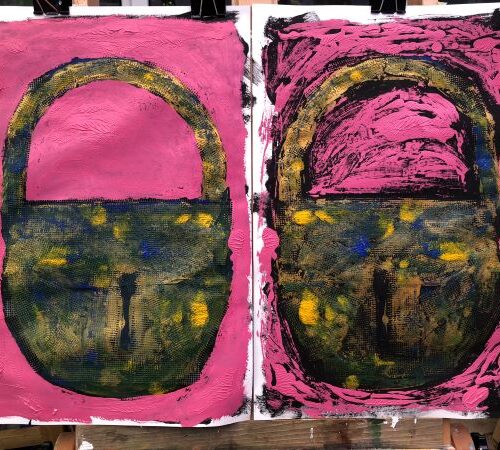
Student work: Suzanne Conboy-Hill in conversation with Hayley Lock
I am always pleased to hear of the successes of students in the Painting and Drawing departments at OCA for which I am Programme Leader, so it was wonderful to hear that student Suzanne Conboy-Hill has negotiated the use of one of her art works by the internationally renowned company Swatch®. The story touches on so many aspects of life as a working artist; the power of Instagram for Visual Art, copyright and intellectual property, pricing and contracts, that I asked Suzanne and her tutor Hayley Lock to share a conversation about Suzanne’s experience with Swatch®. Well done Suzanne. – Emma Drye
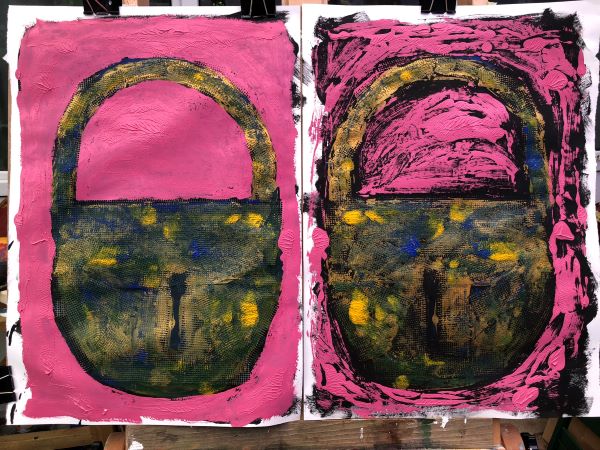
HL How were you approached in the first instance Suzanne?
SCH The first message came through Instagram but this was rapidly followed by an email to an address I’d forgotten I had and for a short time we were using both. I recognised the name of the organisation but I wasn’t sure why, so I did what we’d all do and googled it. Quite a shock but it explained why someone from Switzerland had landed on all of my various blogs!
I’m very security conscious and scam-aware so I checked out the social media and LinkedIn accounts of the sender and everyone copied into the email. It isn’t difficult and it’s a good start but I don’t think I dropped my guard until the agreed fee arrived in my bank account. I asked questions about how the image would be used and what their distribution – print and digital – would be; I also asked what fee they expected to pay – best to get that out of the way as soon as possible! – and they responded with courtesy and clarity each time. This was important – I wanted the answers but I also wanted to see how they were delivered. If people are being clear and not giving you flannel or boxing clever with flattery, it seems to me they’re a reasonable bet for integrity. Still, I was naive about the art market and this piece of work was never, I thought, a candidate for sale of any kind so I took advice, and that was from you as the work was done while you were my tutor. They’d asked if the piece was on Getty Images but I hadn’t realised this was where the pricing standard would come from and you were able to talk about those prices.
HL What do you think the representatives for Swatch® were drawn to in your work do you think and how did this ‘fit’ with their needs?
SCH We never discussed the work at all; it’s destined for their Annual Report which has a lockdown theme and my pair of black, gold and shocking pink padlocks must have fit the bill!
HL In your experience, how important has it been for you to have online exposure for showing work and working ideas?
SCH I can’t imagine not having work online. I’ve done that with a number of other areas of interest from clinical interviewing to fiction writing so it isn’t new to me. Since making the learning logs though, I’ve begun to see a new value in that every piece of work is detailed every step of the way from first marks to finished (if they ever are) product which might make plagiarism more difficult for wannabe picture thieves. You have the complete provenance of the piece, the plagiarist doesn’t. Also, embarrassing as it is, leaving those blogs up after you’ve moved on might encourage someone who’s just starting out. And of course, if I’d taken down the PoP Learning Log we might not be having this conversation.
HL When you were first approached by Swatch® who did you ask for advice on how to proceed? What was the most useful advice? Can you explain further?
SCH Again, this was you. I wanted to hear from a practicing artist who would have the right questions to ask and you did. I think this is something that could usefully be built into the course, possibly as an optional video workshop like the recent one on copyright. Not everyone wants to sell and frankly it wasn’t in my mind either at this stage. Luckily, once the fee had been established, the rest was down to picking through the contract and I’m familiar with doing this for publishing. Some of the elements – rights, ownership, and so on – are much the same. Still, I went through it line by line to be sure of what I was signing for and not signing away. That would be a useful add-in to a video workshop too, I think.
HL How useful was it for you to gain knowledge on how to price the image as well as get advice on printing rights?
SCH Critical. I’m familiar with pricing for written work which goes pro rates, semi-pro rates, and exposure (never accept exposure as payment!) and these are pretty consistent internationally. I had no idea how to price art work though so the Getty Image standard was good to have alongside me. I’m still somewhat at sea with physical pieces (I had approaches for two pieces in the same couple of weeks as this) so I’ve been casting around for an idiot’s guide. Do you account for time, size, materials, heating and lighting and your train fare to a venue? If you’re self – employed all of those things can count but it’s an accountancy nightmare. I found one that seemed simple: price per square inch. The artist using this is experienced and she’s been selling and exhibiting for many years so I had to include a reputational value by which to divide the result for it to make any sense in my context: divide by 1 if you’re being pursued by up market galleries but by 20 if you’re sitting in a tent with six pictures of next door’s cat and there’s a wasp in your tea.
HL What has been the most useful piece of information around this experience that you could pass on to fellow students?
SCH Probably that ‘turning professional’ might not be as far into the future as you might imagine so do your due diligence now and be ready. Get advice and talk about price early. Read everything carefully. Keep making work and putting it on show along with all its developmental steps. And to quote several artists in the fab little book ‘Navigating the Art World’ from Delphian – be nice [even while you’re checking people out as if they’re total scammers!]
HL Thank you Suzanne, I am really pleased that you have had this experience as this boosts confidence in the ability to sell works as well as experience other opportunities that do evolve when exposing creative output through social media.
More information on how to price artworks for specific requests can be found through Artquest and DACS who provide invaluable resources for students, artists and designers working in the creative industry. Please see the links below:
https://www.artquest.org.uk/how-to-articles/pricing-your-work/
https://www.artquest.org.uk/artlaw-article/licensing/
https://www.dacs.org.uk/licensing-works/price-lists
|
|



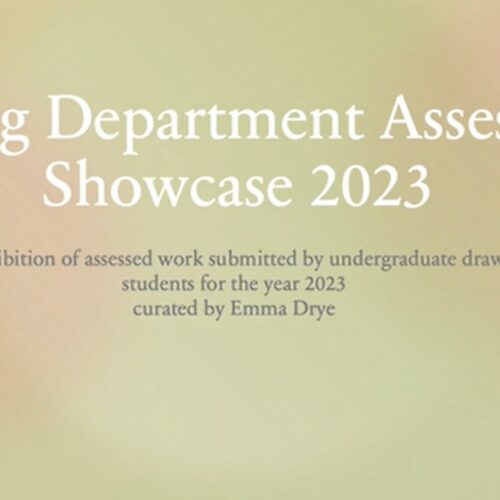

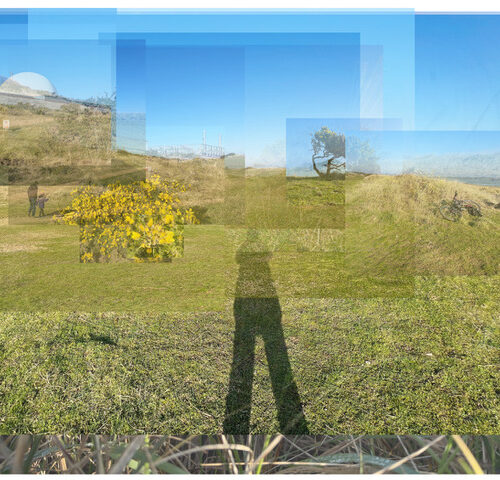
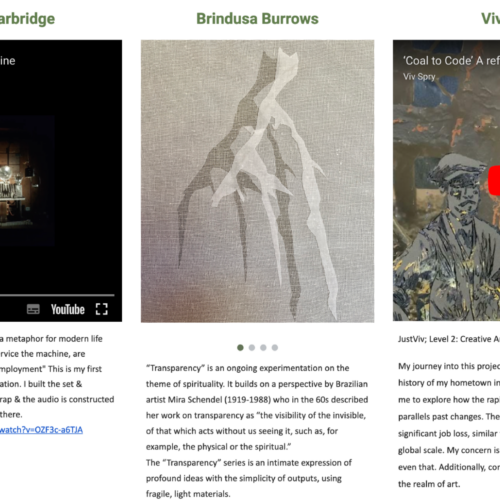
Thanks very much for sharing that… it’s much like the acting world before you get an agent. All great advice and well done!
Well done – a great achievement in this mad world. Really useful level headed guidance.
Can I ask you something Suzanne? How did you ‘tag’ your image in Instagram? Did you have ‘#locks’ as a tag. I am always interested in how companies find images.
I think this sort of advice on tagging would make a great webinar by OCA with students and or professionals that had been ‘found’ on Instagram
Great success story with a great image, well done.
Well done and well deserved.
Great to read – thanks!